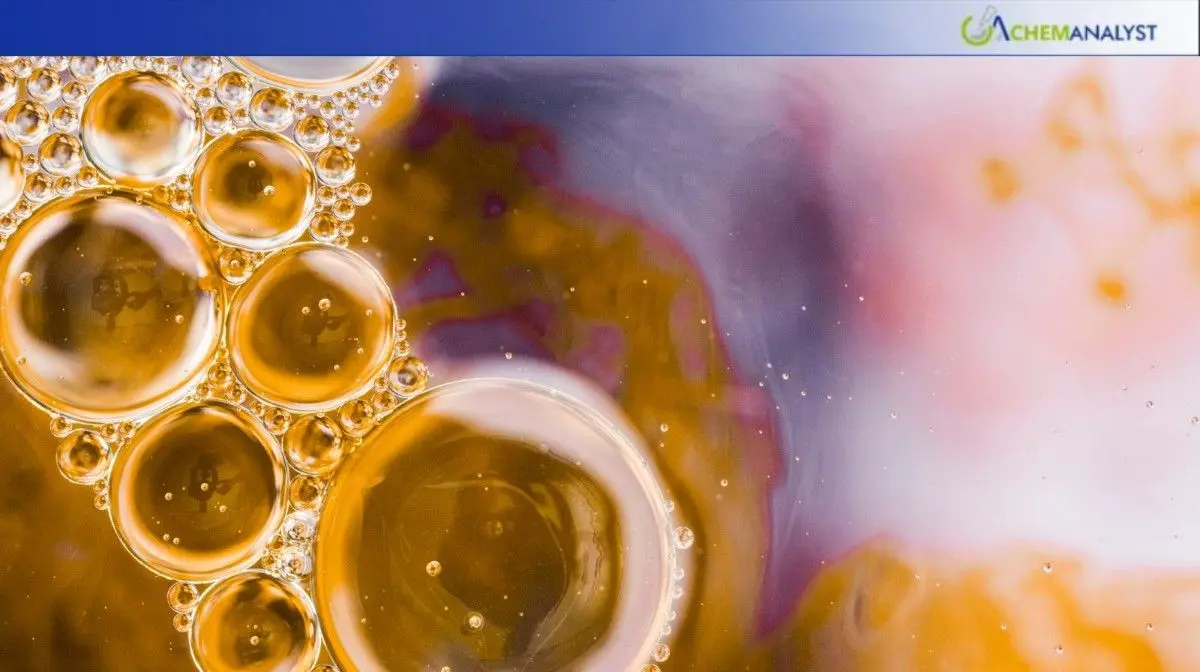Welcome To ChemAnalyst

Linear Alkylbenzene Sulfonic Acid (LABSA) prices in the world's major economies—India, Saudi Arabia, South Korea, and the United States—were steady in the week up to 10 October 2025, based on relatively stable feedstock prices and mixed demand trends.
In India, LABSA prices were supported by a 1.6% drop in the upstream benzene price that influences production costs. Middle East exporters' receipts were stagnant, while the 9% fall in the Intra-Asia Container Index also eased shipping costs. Demand was sporadic across industries. The FMCG industry experienced transitory weakness, with the side-effect of GST reforms continuing, as companies like HUL and Dabur are experiencing canceled or deferred orders. But broader indicators, including increasing consumer confidence and low inflation (3.2%) indicate some snapback to be expected as the festive season nears.
LABSA prices in Saudi Arabia remained stable, supported by weak benzene costs and stable LAB feedstock. The manufacturing sector continued its expansion with growth of 2.5% in September, as growth in non-oil business activity contributed to the growth. Purchasing and inventory activity rose, supported by strong employment figures. Demand for LABSA was supported by strong growth in the personal care sector due to homegrown brands that helped sustain baseline LABSA consumption. Input cost inflation persisted with wage pressures; however, output prices remained steady from the previous month due to strong competition that held prices stable.
In South Korea, LABSA prices remained constant, with upstream benzene decreasing by 1.4% so production costs were eased. The manufacturing sector showed some signs of recovery, but producers stayed cautious regarding tariffs. Demand was mixed: the flourishing K-beauty market—supported by Amazon’s global push—boasts good long-term growth, but near-term demand for exports was subdued. In September, demand increased marginally after August’s sharp decrease. Restocking in markets like Japan and the Philippines provided only slight support.
At the same time, LABSA prices in the US remained unchanged, supported by stable prices for LAB and benzene. The manufacturing sector continued its slow recovery, and pressures on supply chain appeared to worsen due to vendor delays related to tariffs. This produced concern about possible past inflation in the months leading up to Q4. On the demand front, consumption in the detergent sector remained consistent, although consumer sentiment fell 4.5% in September, demonstrating some hesitation in the economy. Export demand, which had previously been strong, seemed to ease as buyers in Canada and Europe reduced purchasing amid high inventories of LABSA and weak downstream activity.
Overall, LABSA markets in these regions exhibited resilience, with price stability sustained through cost efficiency and caution surrounding demand outlooks. Although near-term headwinds remain in some areas, structural demand drivers and seasonal elements suggest signs of recovery for LABSA in the near term.
We use cookies to deliver the best possible experience on our website. To learn more, visit our Privacy Policy. By continuing to use this site or by closing this box, you consent to our use of cookies. More info.
